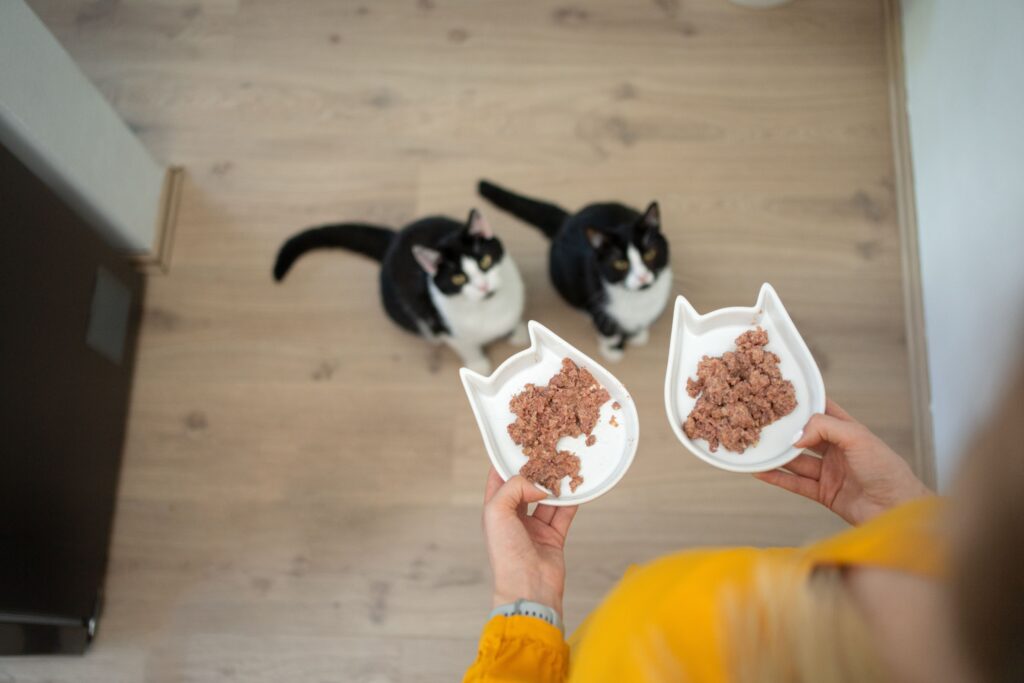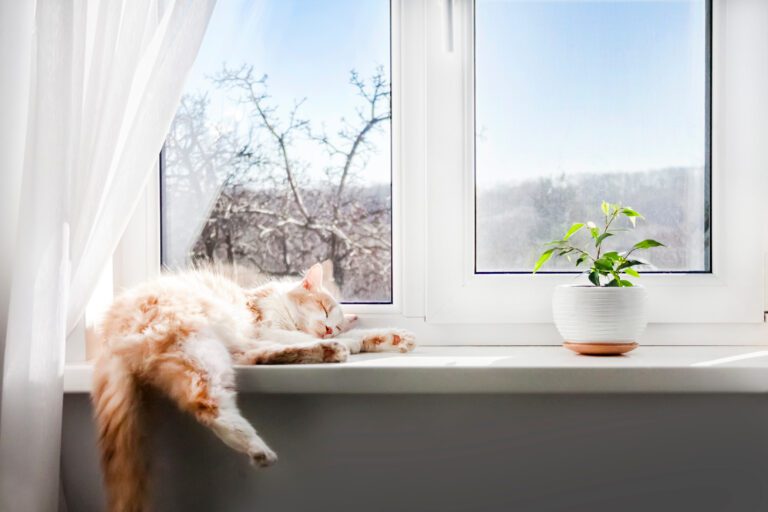Owning a cat means taking on the responsibility of managing their dietary needs. Ensuring your feline companion’s health and happiness is reliant on providing the right balance of nutrients, and one of the key decisions you’ll make for the duration of their life is regarding the quantity and quality of wet food in their diet.
Understanding the Feline Diet
Cats, by nature, are obligate carnivores, meaning they rely heavily on meat for their nutritional requirements. This necessity for animal proteins, taurine, arachidonic acid, vitamins, and amino acids makes wet cat food an excellent (and highly favorable) choice. Its resemblance to a cat’s natural diet provides the necessary moisture and nutrient balance vital for their well-being.
Portion Control: The Backbone of a Healthy Diet
The amount of wet food your cat needs is influenced by numerous factors, including age, weight, activity level, and individual dietary requirements. While the packaging often provides feeding guidelines, these are generalized. It’s advisable to seek personalized recommendations from your vet, as each cat, and it’s diet, is very unique. Overfeeding can lead to obesity and related health issues, while underfeeding can deprive your cat of essential nutrients. What’s right for one cat might not be right for another.
Factors to Consider for Feeding
- Age and Weight: Kittens, adult cats, and senior cats have distinct nutritional needs. Portion sizes should be adjusted accordingly. For instance, obese cats may require controlled portions, while younger, more active cats might need slightly more.
- Activity Level: A cat’s activity level directly impacts their caloric requirements. More active cats might need additional calories compared to less active ones.
- Health Conditions: Cats with specific health issues might require a specialized diet. Always follow your vet’s advice in such cases.

Determining the Ideal Amount of Wet Food
The guidelines on packaging serve as a starting point. Typically, a healthy adult cat requires approximately 24-35 calories per pound of body weight per day. Nevertheless, this can vary based on individual factors.
For instance, a healthy adult cat might need about 5-6 ounces of wet food per day, divided into multiple feedings. It’s crucial to monitor your cat’s weight and adjust portions accordingly.
Indicators for Portion Adjustments
Regularly monitor your cat’s body condition, energy levels, and overall health. Any unexpected weight changes or shifts in behavior should prompt a reevaluation of portion sizes. Seek advice from your vet if you notice any such changes in your cat.
Before you go…
Feeding your cat the appropriate amount of wet food is an integral part of responsible pet ownership. Understanding your cat’s unique needs and regularly monitoring their health is key. Always consult your veterinarian for tailored advice regarding your cat’s specific requirements.
Remember, a well-balanced diet, proper hydration, and regular exercise are crucial for a happy and healthy feline companion. Strive to find the right balance, shower your cat with love, and keep those purrs coming!
By considering these detailed guidelines and tips, you can ensure that your cat enjoys a healthy and fulfilling life. For more detailed information and personalized advice, consult your vet, and continue providing your furry friend with the care they deserve.






